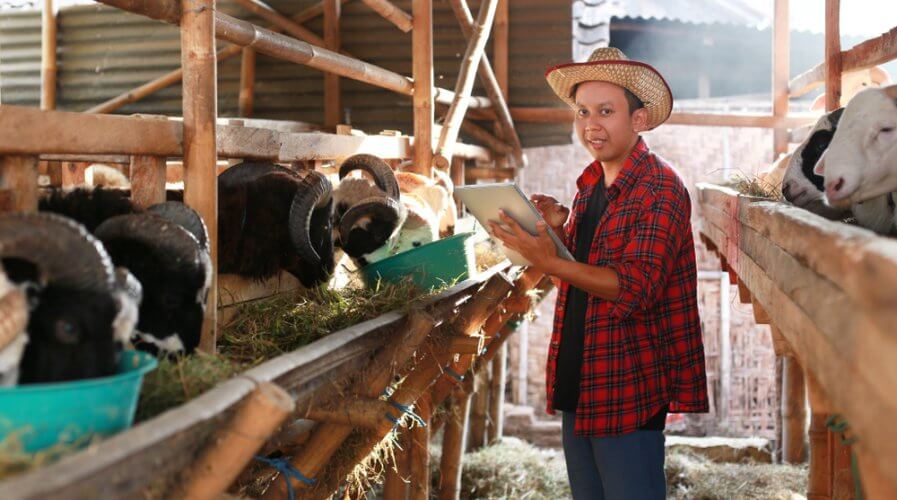
Connected devices are proven to be essential in improving workflow and reducing cost. Source: Sutterstock
Surge of IoT-based projects makes it an affordable enterprise solution
ENTERPRISES are finally waking up to the call of internet-powered sensors and data-driven solutions as the age of the Internet of Things (IoT) climbs the maturity curve.
A recent study forecasts that 2025 will see 41.6 billion IoT devices generating about 79.4 zettabytes of data.
The huge number is a result of the rapid adoption of IoT solutions across industries and the realization that IoT is a necessary ingredient in employing advanced technologies like artificial intelligence (AI) and machine learning (ML). In fact, forecasts suggest that IoT will be a US$520 billion industry by 2021.
A progressive market indicates a lucrative field of investment which is why there are more IoT enablers or key players emerging in the past years. From network providers to sensor manufactures, IoT-based technologies have grown to be more credible, accessible and most importantly, affordable.
Thailand, for example, is urging more enterprises to adopt IoT since prices of sensors have fallen from US$10 to US$2 on average thanks to the growing demand.
The ability of connected devices to achieve new highs in operational processes including faster speed, security, accuracy, and real-time interconnectivity, has fueled mass production.
Not only that, past advances have made batteries cheaper and longer-lasting, resulting in sensors that are low in maintenance.
Keen-observers now can be keen-adopters, after the evident feats achieved by IoT in different niche markets.
Network providers are also in the race to produce wireless technology that supports IoT devices across cities, making it a competitive market while also expanding the choices available to enterprises. Research suggests that vendors should actually work closely with industrial partners to develop tailored solutions that deliver effective results.
Cloud service providers too are creating analytics solutions that make IoT devices smarter and help create the necessary data storage space. Further, scalable investments are being made across the globe in IoT solutions.
Operations that are looking at scaling their adoption of IoT will find that solutions are becoming more affordable thanks to an increasing number of key players as well as successful user pilots. For example, in the agriculture industry, sensors have been used to track and control geographical conditions that affect the growth of produce.
Using data collected through IoT, the production rate went up by more than 100 percent, marking a significant achievement. The technology also helped in reducing manual labor as connected devices enable a better distribution of work.
Similarly, in healthcare, the IoT market is expected to grow to US$158.07 billion by 2022 thanks to greater awareness of IoT solutions. Healthcare providers are resorting to IoT to collect data, track workflows, and establish effective communication between medical devices.
Enterprises across industries are clearly developing a reliance on connected devices to track and monitor inventories as well as workflows. The value of collecting data and being able to assess that data in real-time to simulate relevant operational actions have made IoT a valuable asset.
READ MORE
- Strategies for Democratizing GenAI
- The criticality of endpoint management in cybersecurity and operations
- Ethical AI: The renewed importance of safeguarding data and customer privacy in Generative AI applications
- How Japan balances AI-driven opportunities with cybersecurity needs
- Deploying SASE: Benchmarking your approach


